valleys attract nature lovers with their vast views, lush greenery, and peaceful atmosphere. For adventure seekers, steep hiking trails offer thrilling challenges. Some valleys are gentle, featuring calm pools perfect for relaxation, while others are rugged rock gorges that require climbing skills. These diverse landscapes offer something for everyone. Additionally, many valleys host cultural or seasonal events, adding a unique charm to each visit. Whether for tranquility or excitement, China’s valleys provide unforgettable experiences for travellers throughout the year.
10 Famous Valleys In China
Chinese valleys are full of local wildlife and flowers in spring. But you can also play in the snow in the winter. Here is a list of the most popular valleys in China.
1. Baligou Valley
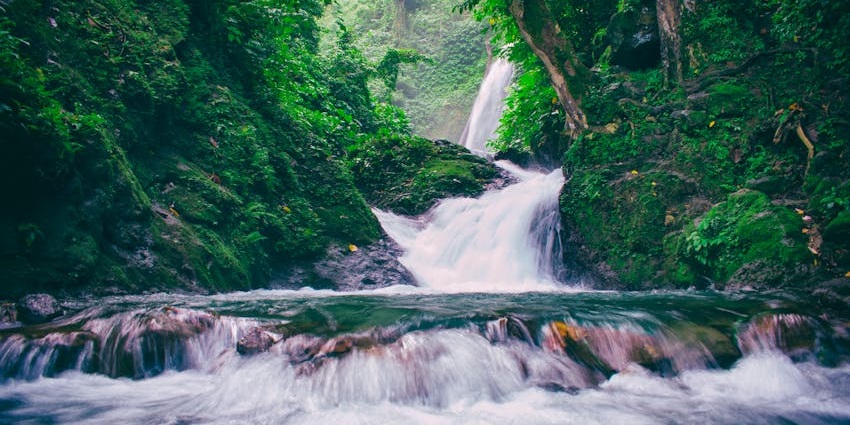
Photo: Archie Binamira / Pexels / Image For Representation Only
Baligou Valley is a part of the Taihang Mountains and the valley is 5 kilometres long and famous for its views. Locals call this area Heaven on Earth and it stands out as one of the most picturesque valleys in China. It is a popular place for hiking, and many visitors walk the trails. The valley is full of birds and flowers and greenery in spring and summer. The valley has many cliffs and caves, some of which have small temples inside. These temples are quiet places, and people go there to pray and rest.
Location: Henan Province
Best Time To Visit: March – July
Nearby Hotel: Huixian Baligou Songyingge Hotel
2. Heizhu Valley
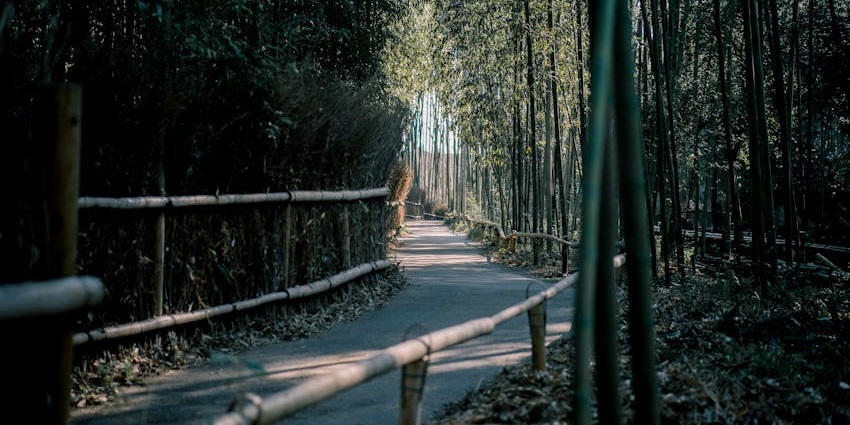
Photo: Satoshi Hirayama / Pexels / Image For Representation Only
Heizhu Valley is also called Black Bamboo Valley because it has thick bamboo forests and is around 1800 metres high. There are many kinds of bamboo, and they grow tall and close together. The valley also has many Chinese animals, like the giant panda, and tourists can also see monkeys and birds. There are many walking trails in Heizhu Valley. Some trails go deep into the forest and others lead to waterfalls and rivers. You can visit the Misty Bamboo Sea, a wide area filled with bamboo and dark mist.
Location: Sichuan Province
Best Time To Visit: May – September
Nearby Hotel: Kempinski Hotel Chengdu
3. Shuzheng Valley
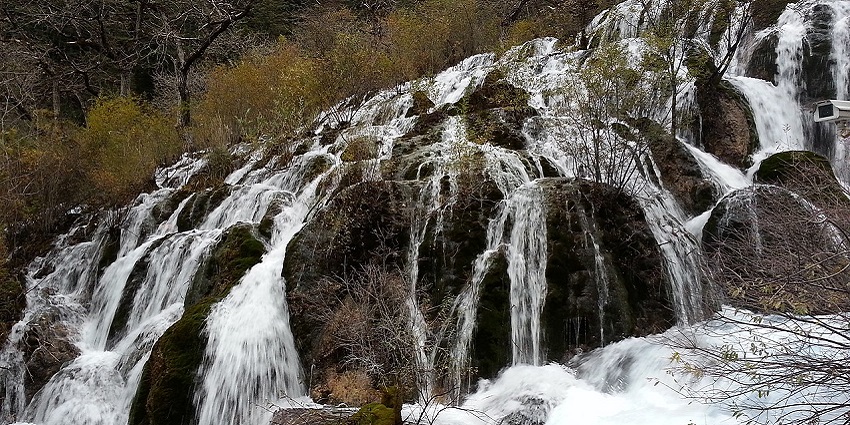
Photo: Jacky Lee / Wikimedia Commons
Shuzheng Valley, located in Jiuzhaigou National Park, is one of China’s main valleys, known for its clear lakes and lush green forests. Stretching about 13.8 kilometres, it features over 40 lakes connected by streams and waterfalls, including the powerful Shuzheng Waterfall. Rhinoceros Lake is famous for its clear blue water, while Tiger Lake changes colour with sunlight. Surrounded by pine and fir forests, the valley is home to birds, monkeys, and deer. Wooden walkways guide visitors through lakes and forests, blooming in summer and snowy in winter.
Location: Sichuan Province
Best Time To Visit: April – June
Nearby Hotel: New Jiuzhai Hotel
4. Huanglong Valley

Photo: Chensiyuan / Wikimedia Commons
Huanglong Valley is near Jiuzhaigou, and its name means Yellow Dragon Valley. The valley is about 7.5 kilometres long and 3,000 metres above sea level. There is a long walking path along the valley leading from the entrance to the main temple. Along the way, visitors see waterfalls and animals like giant pandas and golden snub-nosed monkeys. The valley has vibrant pools and ancient temples. The minerals make the pools blue, green, yellow, or white. People say that they look like dragon scales from above. Huanglong Temple, an old Taoist temple, is at the end of the valley.
Location: Sichuan Province
Best Time To Visit: April – October
Nearby Hotel: Kaisidun Huanglong Hotel
5. Rize Valley
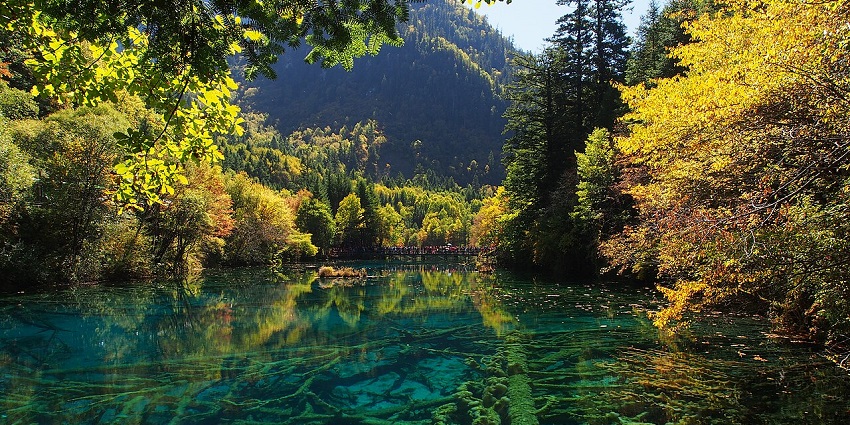
Photo: Dcpeets / Wikimedia Commons
Rize Valley, a main branch of Jiuzhaigou National Park, stretches about 18 kilometres from Nuorilang Waterfall into the mountains. It is known for its colourful lakes and scenic beauty. Five Flower Lake displays vibrant hues with fallen trees visible beneath its clear waters. Panda Lake, named after the pandas that once visited, freezes in winter and reflects like a mirror. Another highlight is Pearl Shoal Waterfall, where water flows over flat rocks and falls in thin streams, resembling falling pearls. The valley offers stunning views year-round.
Location: Sichuan Province
Best Time To Visit: March – July
Nearby Hotel: Zhuo Ma’s Jiuzhaigou Home-Stay
6. Longqing Gorge
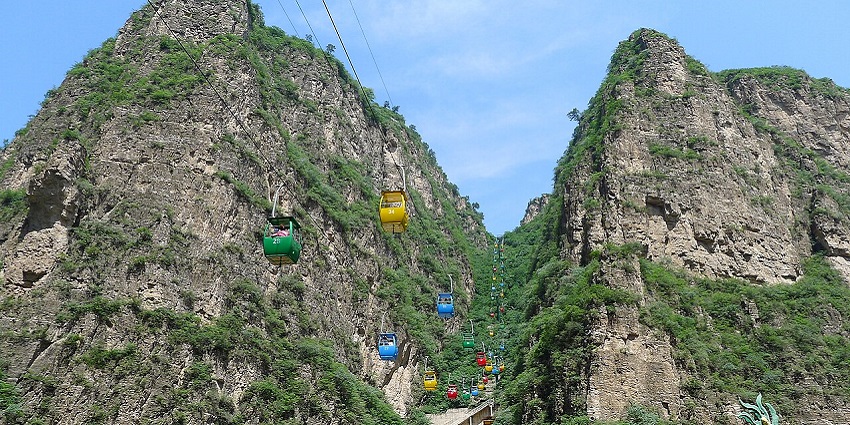
Photo: Asadal / Wikimedia Commons
Longqing Gorge, located in Beijing’s Yanqing District about 85 km from the city centre, is often called the “Little Three Gorges of Beijing.” Formed by the Gucheng River, it offers scenic boat rides through caves, cliffs, and waterfalls lasting 30–40 minutes. A dragon-shaped escalator above the dam takes visitors to the top. In spring and summer, the cliffs bloom with trees and flowers. Besides boating, there are walking paths, food stalls, and shops. In winter, the gorge hosts a magical ice lantern festival with sculptures and light shows.
Location: Yanqing District
Best Time To Visit: October – January
Nearby Hotel: The Diary of Puli
7. Yarlung Tsangpo Grand Canyon
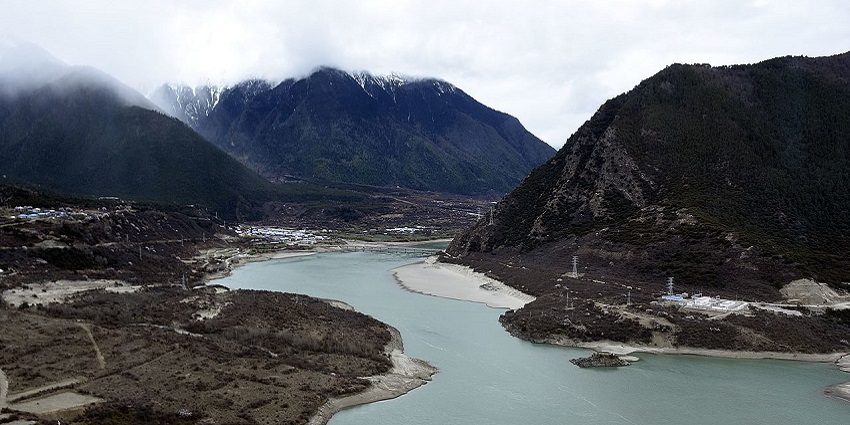
Photo: Guyin Lee / Wikimedia Commons
The Yarlung Tsangpo Grand Canyon in Tibet follows the Yarlung Tsangpo River, which later becomes the Brahmaputra in India. Over 500 kilometres long and more than 6,000 metres deep in places, it’s one of the world’s deepest canyons. The remote area has many climates—from snowy peaks to warm, damp valley floors—and is rich in rare plants and animals. The river flows fast, creating strong rapids and waterfalls. Tourists need special permits or guided tours, often supported by nearby villagers who know the area well.
Location: Tibet Autonomous Region
Best Time To Visit: May – October
Nearby Hotel: Himalaya Grand Canyon Hotel
8. Tiger Leaping Gorge
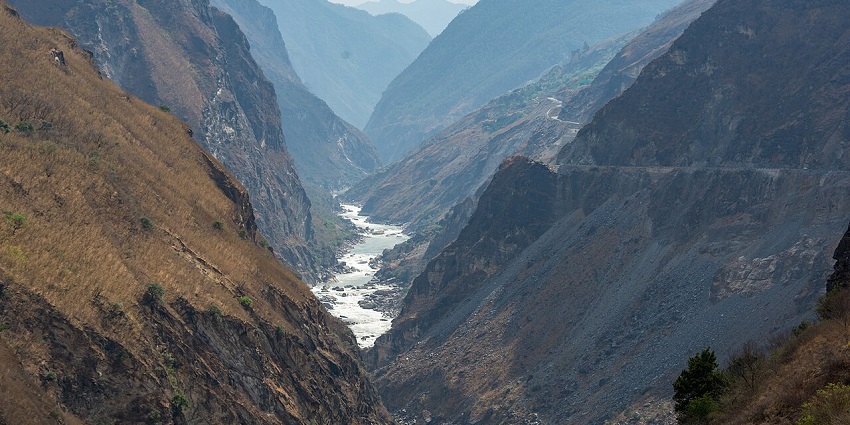
Photo: xiquinhosilva / Wikimedia Commons
Tiger Leaping Gorge has a story behind the name. People say a tiger once jumped across the river to escape a hunter and that spot is now called Tiger Leaping Rock. The gorge is along the Jinsha River, a part of the Yangtze River. It crashes against rocks and makes loud sounds. The gorge is about 16 kilometres long and drops more than 3,000 metres from the top of the mountains to the river below. The high trail offers wide views of the mountains and passes through small villages and farms, while the low trail is closer to the river.
Location: Yunnan Province
Best Time To Visit: March – May
Nearby Hotel: Summit Inn
9. Changbai Mountain Volcanic Valleys
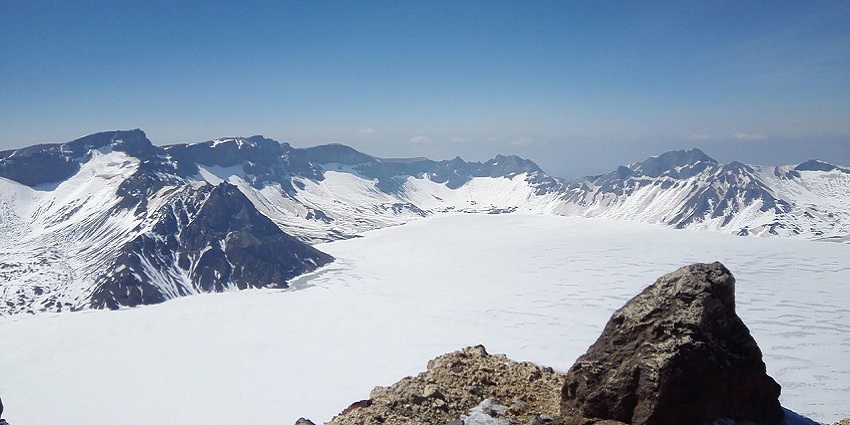
Photo: Niuben / Wikimedia Commons
Changbai Mountain is near the border with North Korea. It is a volcanic mountain and around it are many valleys formed by lava and water, called volcanic valleys. One valley is called the Grand Valley of Changbai, which has steep cliffs and fast rivers, and the rock colours change in daylight. Another place to visit is Tianchi or Heaven Lake, which sits in the crater of the volcano. The lake is deep and blue and snow often covers the area, making it look quiet and pure. People can relax in mineral-rich hot springs.
Location: Jilin Province
Best Time To Visit: June – September
Nearby Hotel: Holiday Inn Resort Changbaishan
10. Huang He Valley
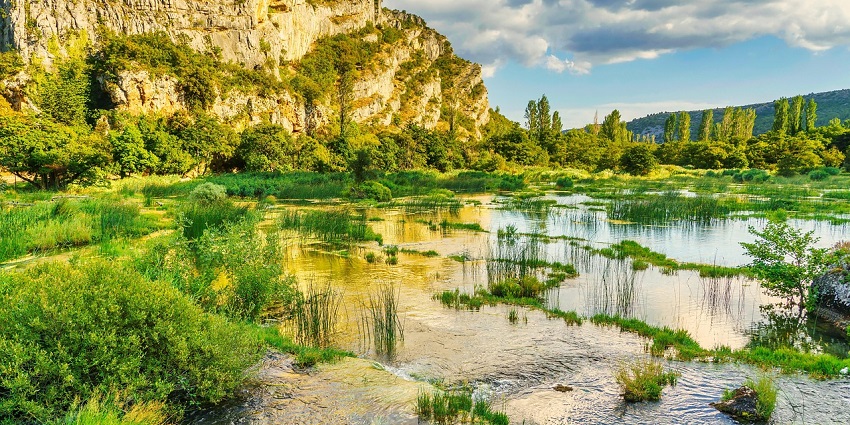
Photo: Rperucho / Pixabay / Image For Representation Only
The Huang He Valley, or Yellow River Valley, in northern China begins in the Qinghai Mountains and is known as the cradle of Chinese civilisation. Early settlers farmed and raised animals here. The valley’s loess soil, blown in from deserts, gives the river its yellow colour. The Sanmenxia and Xiaolangdi dams help control flooding and offer scenic views of the Yellow River. Zhengzhou, a key city in the valley, features ancient temples and ruins. Tourists often visit to explore these historic sites and museums with ancient tools and art.
Location: North China
Best Time To Visit: March – May
Nearby Hotel: Zhengzhou Zhengfei International Hotel
The valleys in China are a must-visit to complete your China trip. Discover mineral hot springs, colourful pools, and rare natural wonders. Hike scenic trails, explore unique plants, and spot a giant panda in peaceful bamboo forests. Whether you’re seeking adventure or relaxation, these valleys offer it all. Capture stunning photos and lasting memories. Plan your unforgettable valley journey in China with TripXL for a smooth and exciting experience.
Cover Photo: ming1967 / Wikimedia Commons


 WhatsApp
WhatsApp
 Twitter
Twitter









